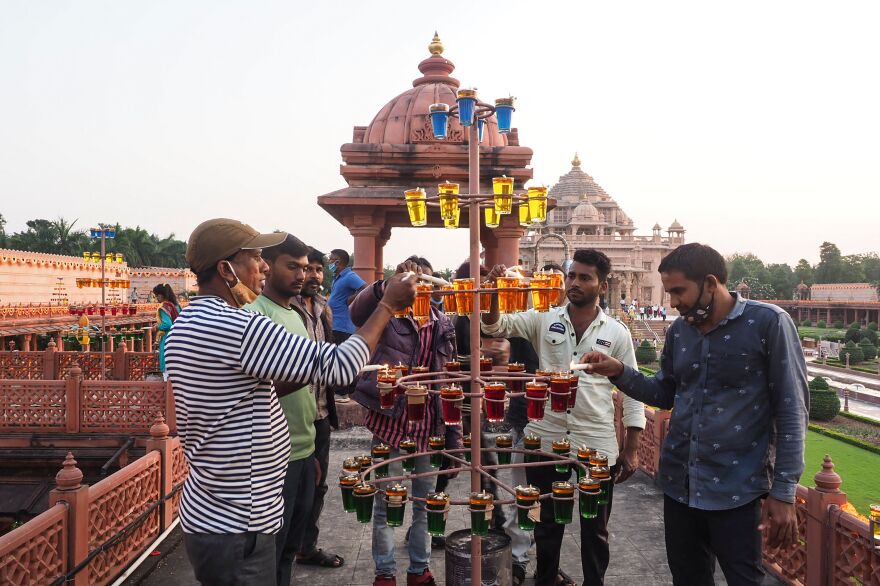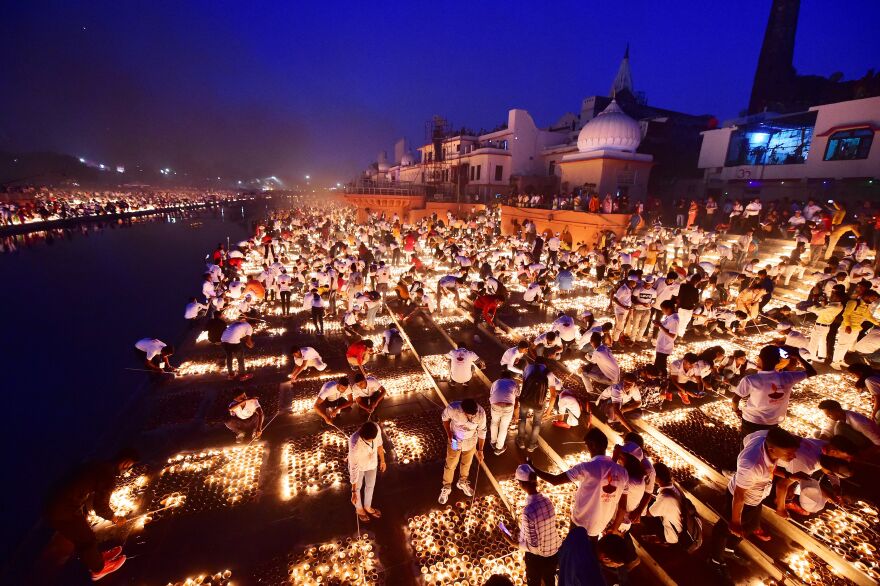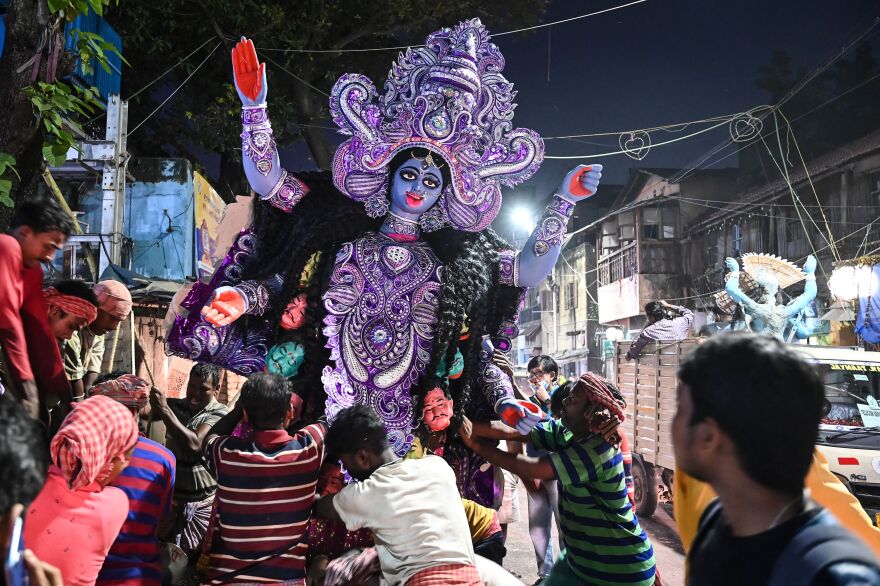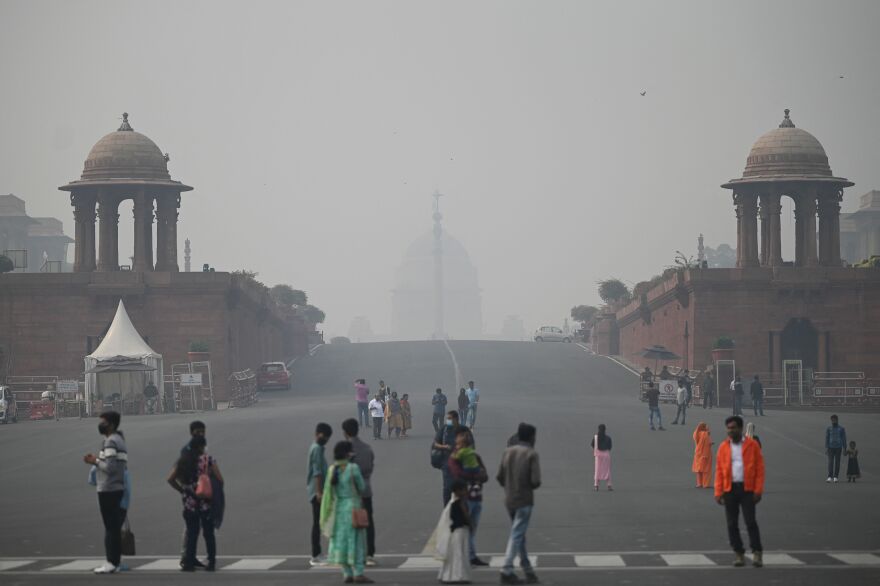Hindus across the world are celebrating Diwali. The five-day festival of lights is one of the most popular holidays in India, and today is the main day of festivities when faithful pray to the Hindu goddess of wealth.
It is once again Diwali, India’s biggest holiday of the year, celebrated with a five-day festival of lights. Today is the main day of celebration, which includes the lighting of lamps and candles and gatherings of families and friends for elaborate feasts and firework. Here’s a breakdown of the holiday.
What “Diwali” means
Diwali, or Dipawali, gets its name from the Sanskrit word “deepavali,” which means “row of clay lamps.” Many people in India will light these lamps outside of their homes to symbolize the inner light that protects them from spiritual darkness, in tune with a holiday that is an ode to the triumph of good over evil.
Why Diwali is celebrated
It depends on where you’re from and what religion you align with. Hindu celebrations center around the return of Rama and Sita, two deities, to Ayodyha, an ancient city in India, after being exiled. Sikhs, Jains, and even Buddhists have their own lore surrounding the holiday — you can read about here
What celebrations look like
Depends on what day of the festival it is. The holiday overlaps with the Hindu New Year, and as a result is associated with a chance to reset and start anew. This course of the five days includes cleaning house, buying new furnishings and exchanging gifts with loved ones. It also centers on traditions like buying new kitchen utensils to help bring good fortune, and other practices to attract the goodwill of spirits.

In the northern Indian temple town of Ayodhya, authorities lit about a million such lamps, along the banks of a river.

Ayodhya is believed to be the birthplace of the Hindu god Lord Ram, and Diwali is said to be the day he returned home after defeating a demon.
Across India, celebrations include fireworks and devotional music.

But amid the festivities, there are also concerns about air pollution caused by Diwali firecrackers.
Already, pollution in the capital of New Delhi has risen to its worst this season.

